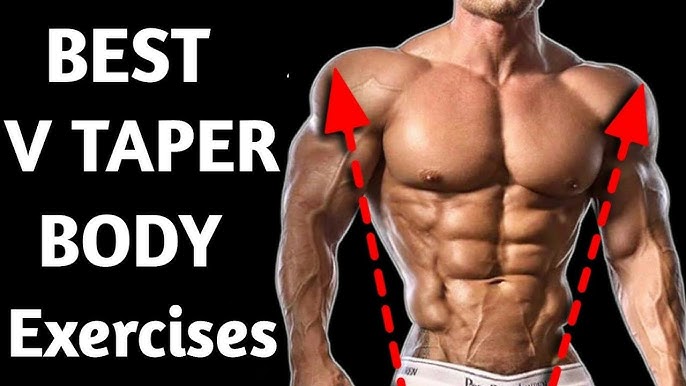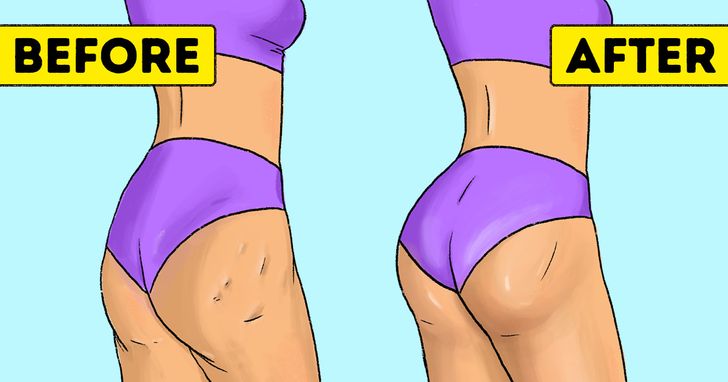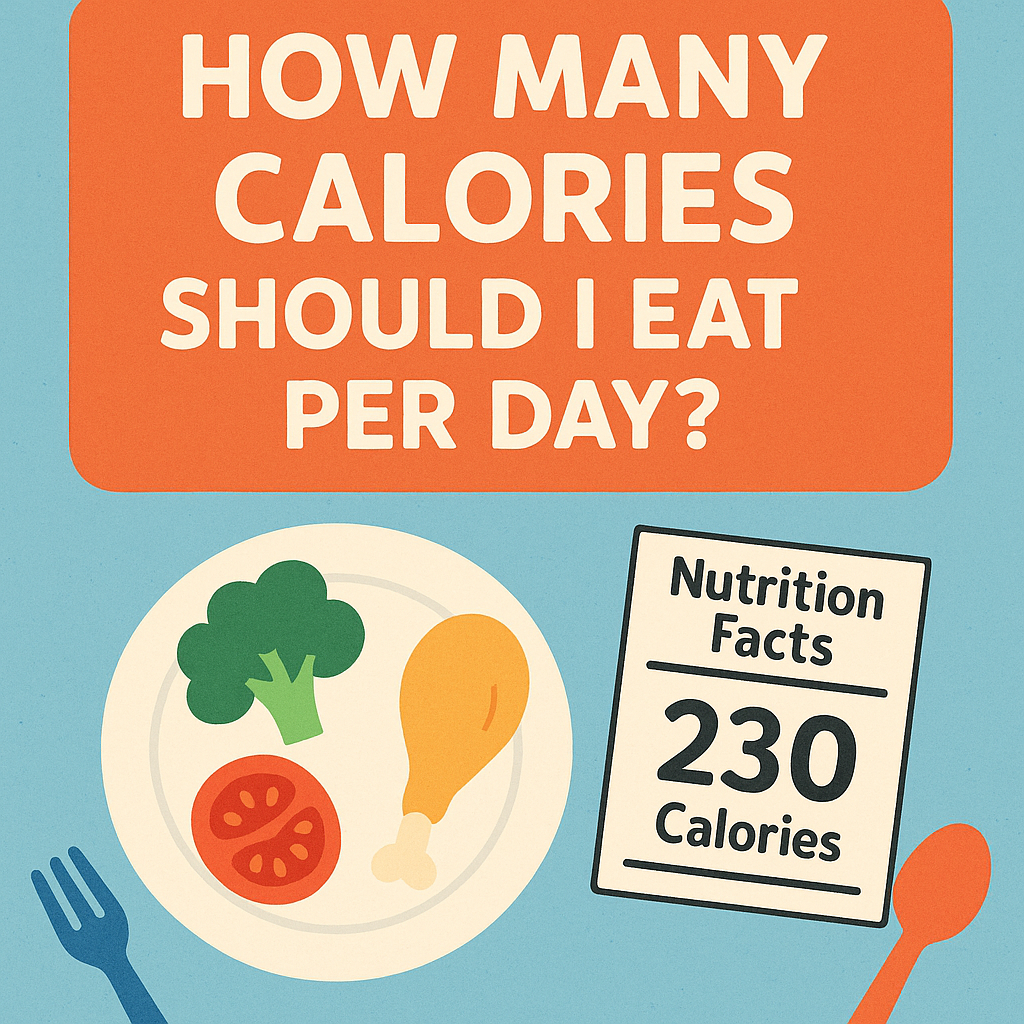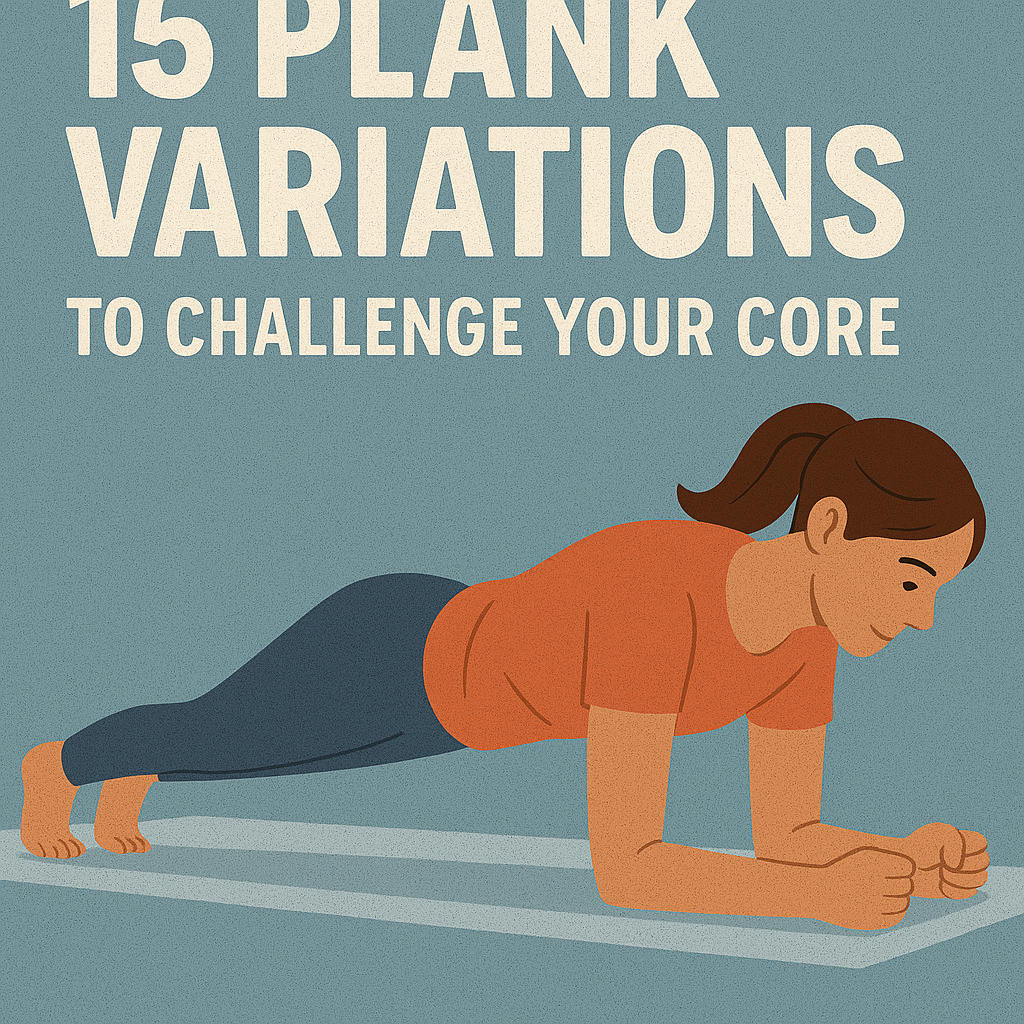Introduction
The pursuit of well-defined abs is a fitness goal for many, but have you ever wondered why some people seem to naturally have a 4-pack, 6-pack, or even 8-pack?
Is it solely a result of intense training and diet, or is there more to it? Let’s dive into the science behind the varying configurations of abdominal muscles and explore what determines the appearance of these coveted “packs.”
Anatomy of the Rectus Abdominis Muscle
The rectus abdominis muscle is the muscle group that makes up the “packs” of abs. This muscle is divided into sections by tendinous intersections, which are fibrous bands of connective tissue.
These intersections create the appearance of separate “packs” and can vary in number from person to person.
Typically, most people have:
3-4 tendinous intersections, resulting in a 6-pack appearance
Some people may have fewer or more intersections, leading to variations in pack configuration
The structure of the rectus abdominis muscle and its tendinous intersections plays a significant role in determining the appearance of abs.
Genetics and Ab Pack Configuration
The number of tendinous intersections in the rectus abdominis muscle is largely determined by genetics. Genetic variation can result in differences in the number and spacing of these intersections, which in turn affects the appearance of the abs.
This means that:
Some people may naturally have a 4-pack or 8-pack due to their genetic makeup
Others may not be able to achieve a certain pack configuration, regardless of training or diet
Genetics play a significant role in determining the potential for achieving a certain ab pack configuration.
Factors Influencing Visible Abs
While genetics determine the potential ab pack configuration, other factors influence the visibility of abs:
1. Low body fat percentage: Having a low body fat percentage is crucial for visible abs.
2. Muscle development: Well-developed abdominal muscles can enhance the appearance of abs.
3. Overall fitness: A healthy diet and regular exercise contribute to achieving visible abs.
Regardless of pack configuration, achieving visible abs requires a combination of low body fat, strong core muscles, and overall fitness.
Conclusion
The appearance of abs is influenced by a combination of genetics, body fat percentage, muscle development, and overall fitness.
While some people may naturally have a 4-pack, 6-pack, or 8-pack due to genetic variation, achieving visible abs requires a healthy lifestyle and regular exercise.
Ultimately, focus on overall fitness and health rather than striving for a specific ab pack configuration.




